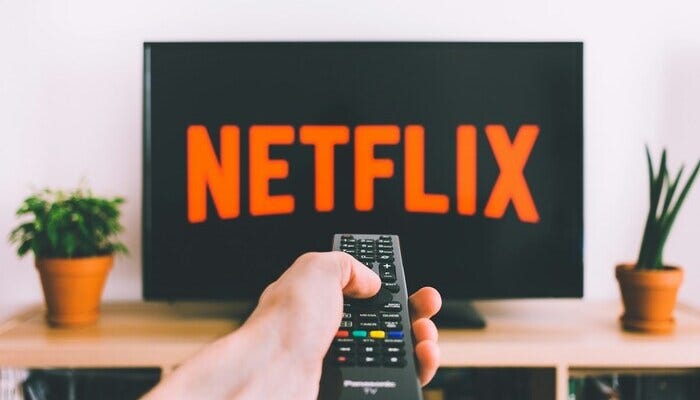Netflix's strategic shift
For the first time, the streaming platform will broadcast live TV channels
Five years ago, TF1 did not hesitate to join forces with its historic rivals, France Télévisions and M6, to launch Salto, French television’s answer to Netflix’s success — a service that shut down less than three years after its launch. On Tuesday, the French media group announced a radical shift in strategy, teaming up with none other than the streaming giant itself.
Starting in summer 2026, it will broadcast all its content on the US platform: its five linear channels, including live sports events, and the 30,000 hours of programming available on its streaming service TF1+. This dramatic turnaround symbolizes the ongoing erosion of traditional broadcasters, despite their attempts to fight back. It may also mark the beginning of a wave of similar partnerships in other countries.
A first for Netflix
This is the first time Netflix will broadcast live television channels. Such a deal seemed unthinkable until now, as TV groups had launched their own video-on-demand platforms to adapt to new viewing habits. In this battle, the US giants mostly opted for paid offerings, sometimes leveraging their ownership ties with film studios.
In France, Salto tried to follow the same path, but the project was undermined by a lack of original productions and competition from the free streaming platforms of its three stakeholders. Since then, TF1 has rebranded MyTF1 as TF1+, positioning it as a true streaming service rather than a simple catch-up TV offering.
This unexpected partnership was made easier by the good relationship between TF1 and Netflix. Not only have the two groups already collaborated on co-productions — such as the daily drama Tout pour la lumière, which will air next week on Netflix, TF1+, and TF1’s linear channel — but Rodolphe Belmer, the CEO of TF1, also previously served on Netflix’s Board of Directors.
TF1 will sell the ad inventory
TF1 executives believe that airing their content on Netflix won’t cannibalize their audience on their own channels or on TF1+. On the contrary, they hope to broaden their reach by going where new viewers already are — Netflix claimed over 10 million subscribers in France by the end of 2022. This should help them better monetize their in-house productions.
By partnering with TF1, Netflix may be initiating a strategic shift, moving toward a role as an aggregator, which would make it even more indispensable than it already is. Potentially, this means that legacy broadcasters, suffering from declining viewership, could become partners rather than competitors.
The alliance with TF1 also comes with two firsts. First, ads will be shown to all subscribers, even those on ad-free plans. Second, the advertising inventory will be sold directly by TF1’s ad sales unit. Although neither company disclosed financial details of the deal, it is likely they’ve agreed to a revenue-sharing model, enabling Netflix to open up new revenue streams.




